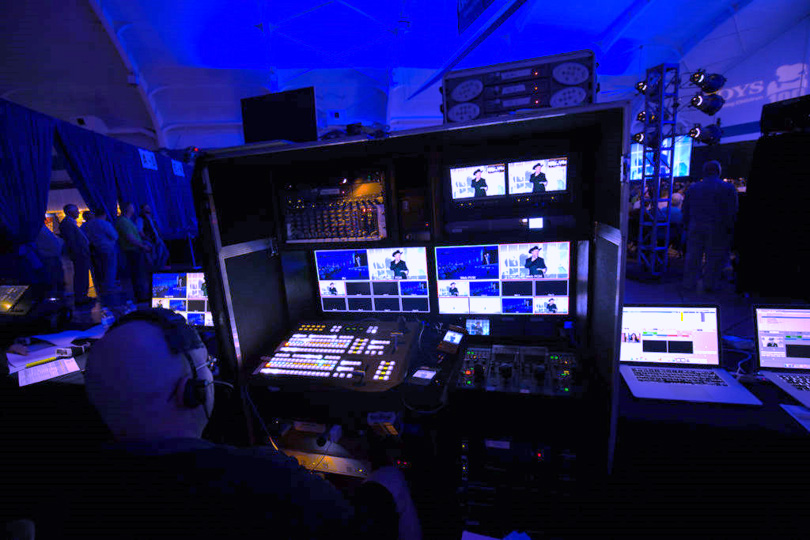Motion projection mapping is an exciting creative medium that combines tech and creativity to convert common surfaces into remarkable sight displays. This method involves casting graphics and videos onto 3D objects, such as buildings, artworks, or stages. One of the key significant factors in producing successful mapping is the use of effective illumination techniques. Proper lighting improves the visual components of the projection and guarantees that the visuals are crisp and engaging. This article examines the impact of illumination methods on video projection and how they can elevate the complete experience.
Illumination plays a crucial part in motion mapping because it sets the mood and feel of the display. Different lighting techniques can elicit various feelings and responses from the audience. For instance, using soft, cozy illumination can create a inviting environment, while bright, cold illumination may produce a more energetic or dramatic impact. By thoughtfully choosing light colors and intensities, artists can influence how audience interpret the displayed images, leading to a more engaging encounter. The equilibrium between mapping brightness and ambient illumination is essential, as it can significantly impact the clarity and effect of the images.
In addition to, color and intensity, the direction of light also influences the efficacy of mapping. Illumination from different directions can create shadows and highlights that add depth to the projected visuals. This method, known as light and shadow, can improve the three-dimensionality of the objects being mapped. Furthermore, using moving lights can add energy to the exhibit, making the encounter more engaging for the audience. When the light interacts with the projected visuals, it can create an illusion of movement and change, additional resources grabbing the audience's attention.
Another important element of illumination in mapping is the use of unique features. Methods such as patterned illumination, which employs shapes and forms to filter light, can introduce depth and intricacy to the mapping. This approach allows artists to superimpose visuals and produce aesthetically captivating results that enhance the projection. Moreover, adding lasers or LED lights can additionally improve the exhibit, providing a distinct mix of sight components that attract the viewers in. These unique features, when used carefully, can transform the mapping into a basic show to an engaging piece of creativity.
In summary, the influence of lighting techniques on video projection is profound. By understanding how different lighting elements interact with projected visuals, creators can produce enthralling encounters that connect with viewers. The careful choosing of color, intensity, direction, and special effects enables for site here a vivid tapestry of sight narrative. As tech advances to evolve, the options for artistic expression in projection will only grow, making lighting an increasingly vital aspect in this progressive creative medium.

Comments on “Illuminating the Influence of Lighting Methods on the Craft of Film Projection Mapping Techniques”